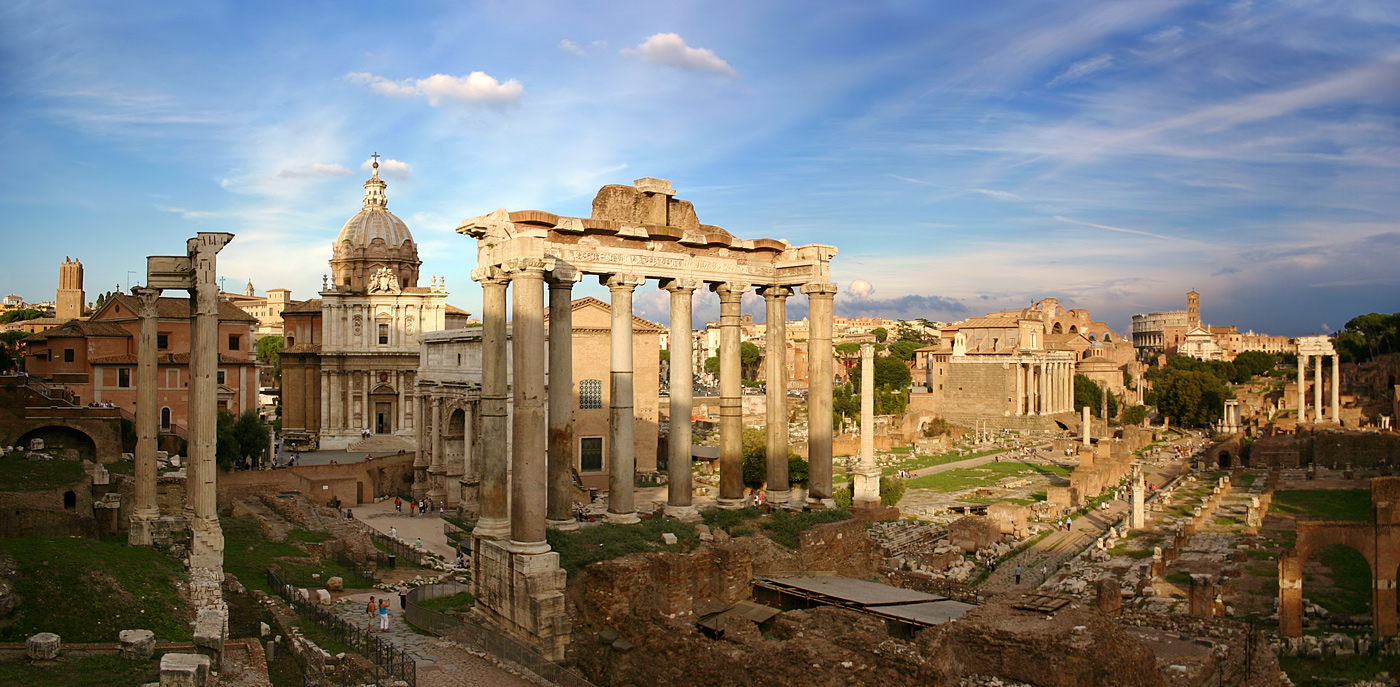
Culture of Rome
The culture of Rome in Italy refers to the arts, high culture, language, religion, politics, libraries, cuisine, architecture and fashion in Rome, Italy. Rome was supposedly founded in 753 BC and ever since has been the capital of the Roman Empire, one of the main centres of Christianity, the home of the Roman Catholic Church and the seat of the Italian Republic. Due to its historical and social importance, Rome has been nicknamed the Caput Mundi, or "capital of the world".[1][2]
This article is about culture in the modern city of Rome. For a discussion specific to ancient Rome, see Culture of ancient Rome.
Football (soccer) is the most popular sport in Rome, as in the rest of the country. The city hosted the final games of the 1934 and 1990 FIFA World Cup. The latter took place in the Stadio Olimpico, which is also the home stadium for local Serie A clubs A.S. Roma and S.S. Lazio, whose rivalry has become a staple of Roman sports culture. Footballers who play for these teams and are also born in the city tend to become especially popular, as has been the case with players such as Francesco Totti and Daniele De Rossi (both for A.S. Roma).
Rome hosted the 1960 Summer Olympics using ancient sites such as the Villa Borghese and the Thermae of Caracalla as venues. For the Olympic Games new structures were created, notably the new large Olympic Stadium (which was also enlarged and renewed to host qualification and the final match of the 1990 FIFA World Cup), the Villaggio Olimpico (Olympic Village, created to host the athletes and redeveloped after the games as a residential district), etc.
The Stadio Olimpico is also the home stadium for the Italy national rugby union team, which has been playing in the Six Nations Championship since 2000. Rome is home to local rugby teams, such as Unione Rugby Capitolina, Rugby Roma, and S.S. Lazio Rugby 1927. And it is home to many other sports teams, including basketball (Virtus Roma), volleyball (M. Roma Volley), handball and water polo.
Every year the city of Rome is the home of many international sporting events:
Also Cycling was popular in the post-World War II period. Rome has often hosted the final part of the Giro d'Italia.